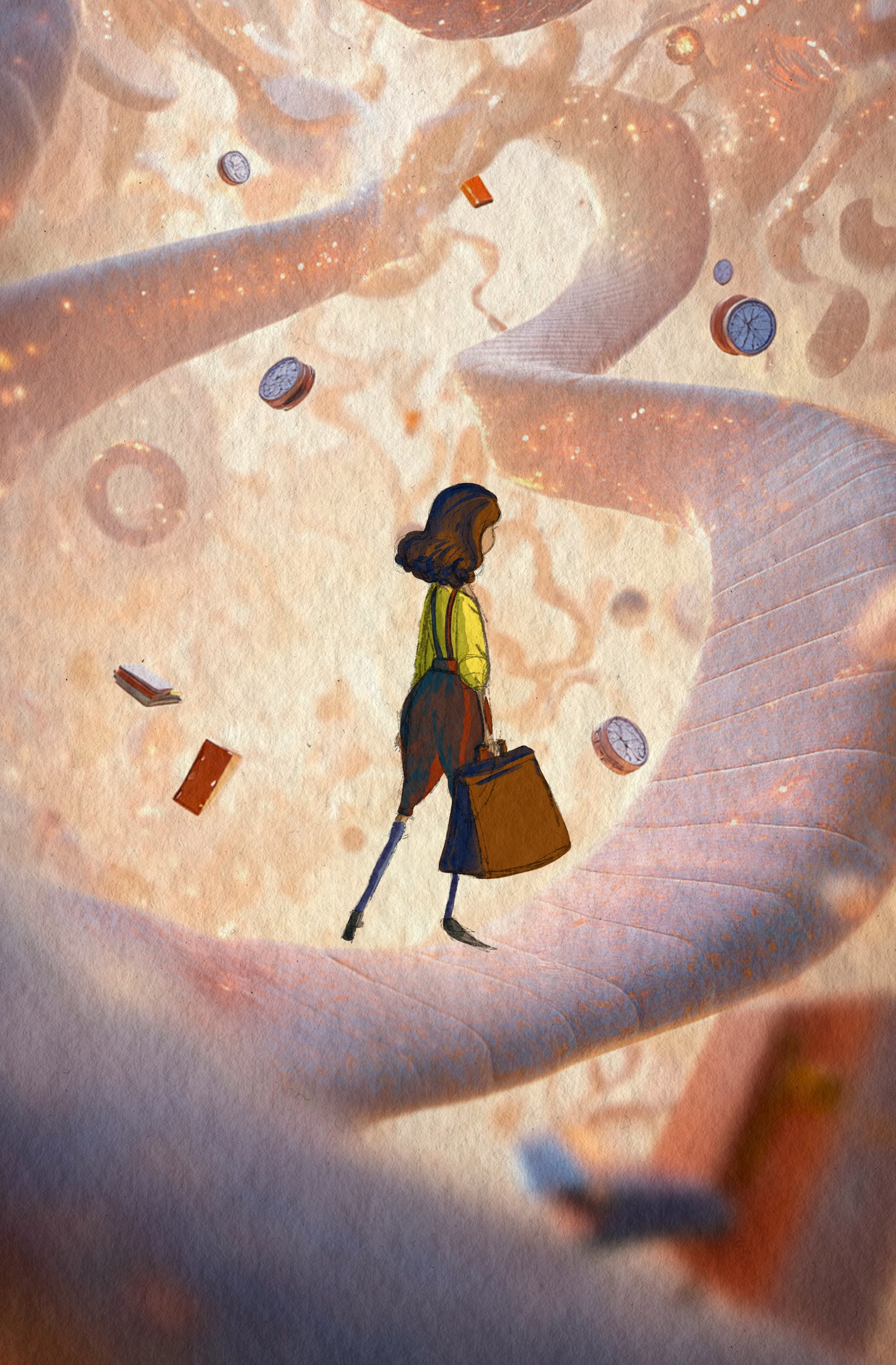Baby in a Crib: Fall or Prevention
Abstract
For babies, a fall from a crib can cause significant injuries or even death. In this presentation, I aim to present a comprehensive review of baby healthcare relating to the baby’s state, either awakening or sleeping, illustrating the fundamental practical issues explored in this study. For example, opportunities to improve babies’ safety against falls in families with working mothers have been overlooked. Moreover, I will discuss the proposed architecture as well, designed using computer vision techniques and movement sensors to further alleviate the falling scenarios in my study. In this research, a comprehensive review has been done on fall safety for babies ages 6 months to 4 years of age, which brought remarkable solutions for babies’ safety and motivated this research work. The main objective of this project is to build up an alert-based system that can avoid and reduce the risks of falling or dangerous scenarios for babies. At the first stage of the Baby Fall Prediction System, the primary objective is to detect the postures of the baby in a crib while sleeping or just awakening with the help of machine learning algorithms and convolution neural network based model. This system will then be integrated with the Inertial Measurement Unit (IMU) sensors in a ‘smart onesie’ to identify potentially risky scenarios such as babies crawling, rolling over, standing, or climbing the side of the cot. Based on the identified scenarios, parents or caregivers will be given an alert to warn them about risky scenarios. The proposed research project will be beneficial for the baby as well as the parents. The developed system could reduce infant mortality and contribute to society’s welfare.
Downloads
Metrics
Copyright (c) 2023 Neda Khan
Article text:

This work is licensed under a Creative Commons Attribution 4.0 International License.
Photos:
The images in Rangahau Aranga are not covered by the Creative Commons license and are subject to copyright. Permission to reproduce this material must be sought from the copyright holder concerned.






